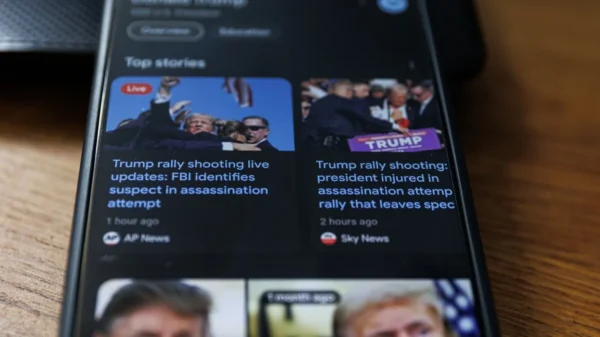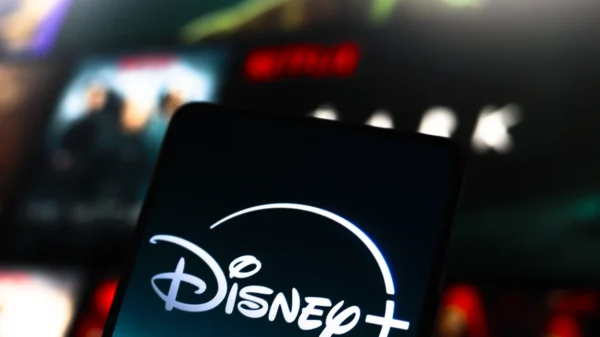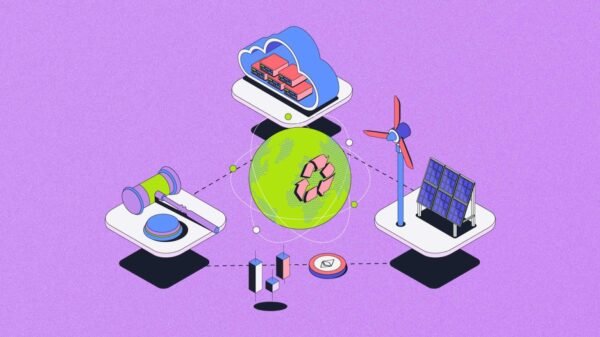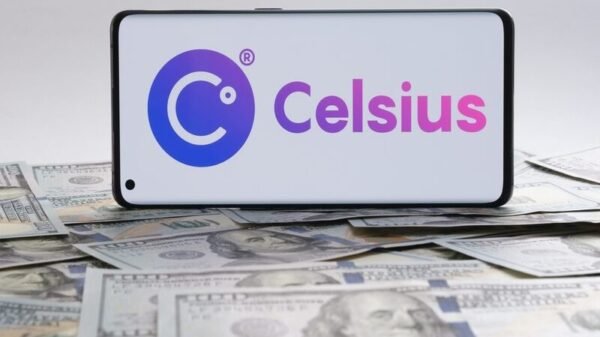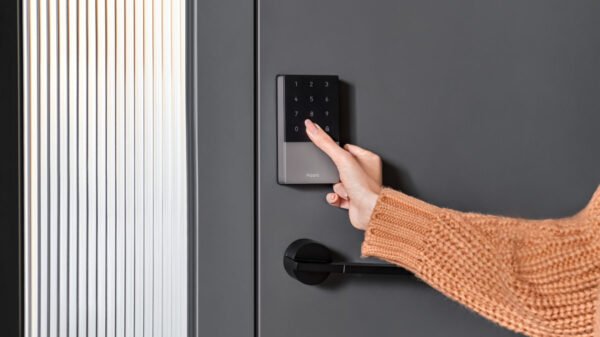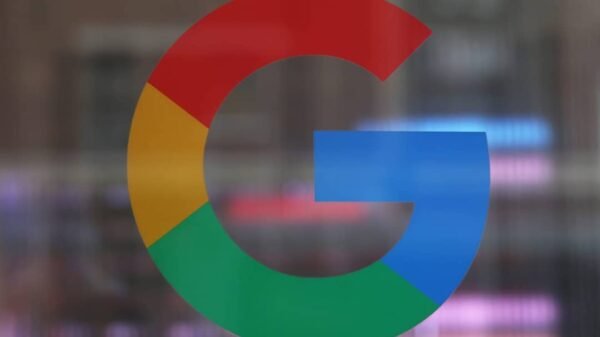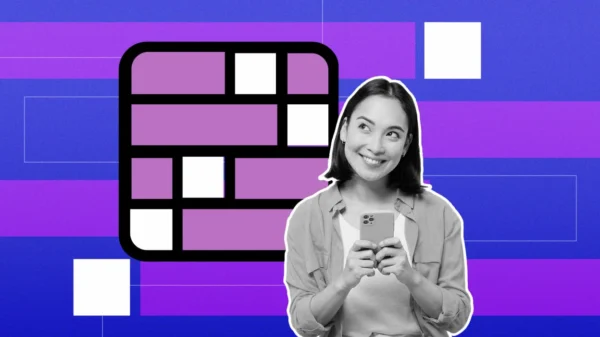In recent years, the social media platform Twitter has increasingly become known as a way for customers to interact more directly with various brands and businesses. Companies often hire social media managers to run their Twitter accounts, frequently engaging with users who mention their brands or products and responding to questions and complaints. Although customers prefer the simplicity and elegance of using Twitter to engage with businesses, the platform has some significant limitations for customer service interactions: individual tweets are limited to 140 characters, meaning that messages from customer service representatives lack detail, and the platform’s direct message feature does not allow users to differentiate between individual customer service representatives who work at the same business.
In recognition of these shortcomings, Twitter is looking to improve the features of its platform to improve the relationship customers can have with businesses. According to the company’s own research, one of the most important elements of ensuring a satisfactory result from a customer service interaction is by personalizing the response in order to make the customer feel like they’re speaking with a real person. Currently, customer service representatives accomplish this by signing tweets with their initials. While effective, this process is somewhat of a workaround, as it does not integrate directly with the Twitter platform.
Customers who wish to interact with brands on Twitter currently have two options: they can post a public tweet that mentions the company’s name, or they can send a direct message. The latter option gives the customer certain advantages: they are able to discuss the details of their problem in private, without worrying about divulging personal information to their followers, and they are afforded the convenience of having a conversation in a chat window. However, this method is not perfect: currently, customers are initially unaware of whether they’re speaking with a real person or a chatbot, and have no access to the profiles of customer service representatives.
Twitter is looking to change this with the introduction of a new feature that allows businesses to set up custom profiles for their customer service representatives. Currently, the feature is still in testing, and is only available for T-Mobile, although Twitter has created a webpage in which businesses can request access to the feature.
The effect of these custom profiles on the customer service experience has yet to be seen, although the feature has the potential to impact interactions in non-obvious ways. For instance, a company could set up multiple chatbots, programmed with distinct personalities, to help customers with common or easily solved problems. Twitter’s research indicates that users are more likely to feel as though their issues have been successfully resolved when their interactions with customer service are timely, friendly, and personal. Although the use of a chatbot ensures instantaneous responses to customer queries, customers tend to dislike the feeling of interacting with a machine. Leveraging Twitter’s forthcoming profile system for direct messages to create friendly, personable chatbots could allow companies to alleviate this concern, while potentially saving costs.
This is not the only development Twitter has made to enhance the customer service experience. The company has previously released a 122-page customer service guidebook, and more recently, introduced other features for businesses, including automatic replies in direct messages, making it easier for customers to transition from public tweets to private conversations with representatives, and allowing users to rate the quality of their interactions with businesses on a scale of one to ten.
Twitter’s introduction of features like these indicates a shift in the company’s overall role. As Twitter shifts from a platform in which users interact with other users on a small and personal scale to one in which brands and companies dominate conversations, features like these will become increasingly necessary for Twitter to adapt.
Featured image via openclipart.org


